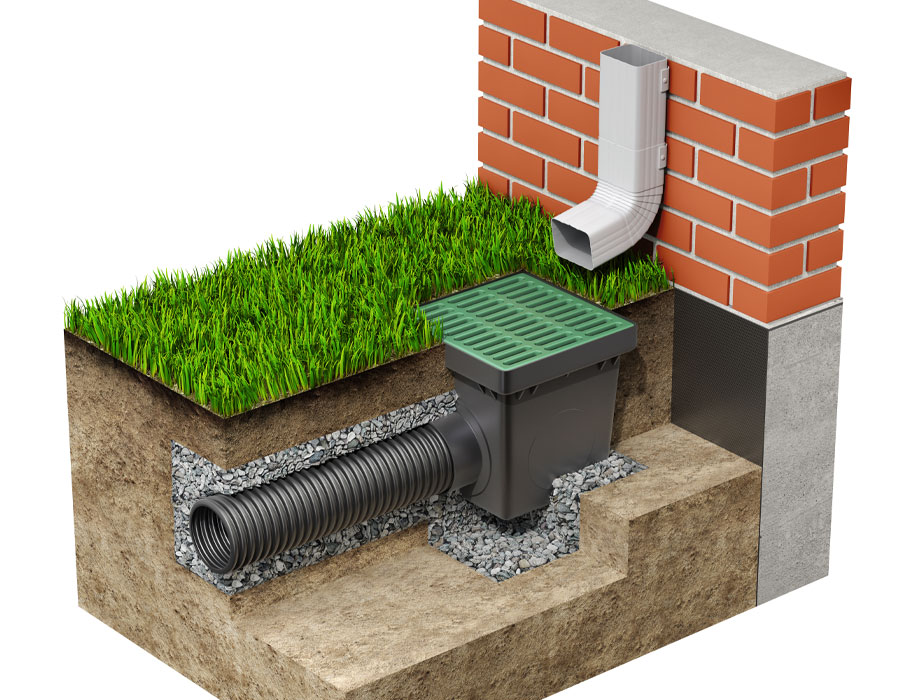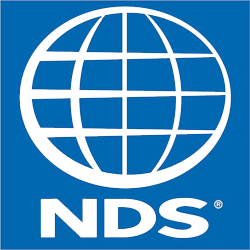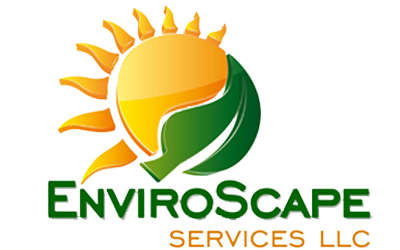Frequently Asked Questions
What solutions exist for addressing drainage issues in newly designed landscape projects?
Solutions for addressing drainage issues in newly designed landscape projects include installing French drains, utilizing permeable pavers, and creating swales. These methods effectively manage water flow, prevent erosion, and enhance the overall aesthetic of the landscape.
How can poor drainage affect my landscape and what solutions are available?
Poor drainage can lead to water pooling, soil erosion, and damage to plants, negatively impacting your landscape's health and aesthetics. Solutions include installing French drains and decorative riverbeds to effectively manage water flow and enhance your outdoor space.
What are the most effective landscape drainage solutions available in Yonkers, NY?
The most effective landscape drainage solutions available in Yonkers, NY, include French drains, dry wells, and surface drains, which effectively manage water flow and prevent flooding while enhancing the landscape's aesthetic appeal.
What types of landscape drainage solutions are available for homeowners in Spring, TX?
The types of landscape drainage solutions available for homeowners in Spring, TX, include French drains, surface drains, dry wells, and rain gardens, each designed to effectively manage water flow and prevent landscape damage.
What factors influence the pricing of landscape drainage solutions in Spring, TX?
The factors influencing the pricing of landscape drainage solutions in Spring, TX, include the complexity of the drainage system, the materials used, the size of the area needing drainage, and any additional decorative features desired.
What are the common signs indicating I need landscape drainage solutions in Spring, TX?
Common signs indicating you need landscape drainage solutions in Spring, TX, include persistent puddles in your yard, water pooling near your foundation, erosion of soil, and the presence of mold or mildew. These issues signal inadequate drainage that requires professional attention.
How can poor drainage affect my landscape health and what solutions exist?
Poor drainage can severely impact landscape health by causing waterlogging, root rot, and erosion, leading to unhealthy plants and diminished aesthetics. Solutions include installing French drains and decorative riverbeds to manage water flow effectively while enhancing your outdoor space.
How can I incorporate drainage solutions into my driveway landscape design?
Incorporating drainage solutions into your driveway landscape design involves integrating features like French drains or permeable pavers that allow water to flow efficiently. These elements help prevent water accumulation, protecting your driveway and enhancing the overall aesthetics of your landscape.
What are innovative drainage solutions for landscapes?
Innovative drainage solutions for landscapes include permeable pavers, bioswales, and French drains, which effectively manage water flow while enhancing aesthetics. These systems prevent erosion and water damage, ensuring a sustainable and visually appealing outdoor space.
How to assess drainage needs for new projects?
Assessing drainage needs for new projects involves evaluating the landscape's topography, soil type, and water flow patterns. Conducting a thorough site analysis helps identify potential drainage issues and informs the selection of appropriate solutions.
What are the benefits of effective drainage systems?
The benefits of effective drainage systems include preventing water damage, reducing erosion, and enhancing landscape aesthetics. Proper drainage solutions help maintain healthy outdoor spaces by directing water flow efficiently, protecting your property and improving its overall appearance.
How can I improve drainage in my garden?
Improving drainage in your garden involves assessing the soil type, incorporating organic matter, and installing features like French drains or dry riverbeds to redirect excess water. This not only prevents waterlogging but also enhances your garden's aesthetic appeal.
What materials are best for landscape drainage?
The best materials for landscape drainage include gravel, perforated pipes, and landscape fabric. These materials facilitate water flow, prevent clogging, and enhance the effectiveness of drainage systems, ensuring optimal performance and longevity in your outdoor spaces.
How to choose the right drainage solution?
Choosing the right drainage solution involves assessing your landscape's specific water flow issues, considering the soil type, and determining the best system, such as French drains or surface drainage, to effectively manage water while enhancing aesthetics.
What are common drainage problems in landscapes?
Common drainage problems in landscapes include excessive water pooling, soil erosion, and inadequate water flow, which can lead to plant damage and foundation issues. Addressing these problems is essential for maintaining a healthy and aesthetically pleasing outdoor space.
How does drainage impact plant health?
The impact of drainage on plant health is significant. Proper drainage prevents waterlogging, which can lead to root rot and other diseases, while ensuring that plants receive adequate moisture and nutrients for optimal growth.
What is the cost of landscape drainage solutions?
The cost of landscape drainage solutions varies based on factors such as the size of the area, type of drainage system, and specific site conditions. Typically, prices range from $1,500 to $5,000, depending on these variables.
How to maintain drainage systems in landscapes?
Maintaining drainage systems in landscapes involves regular inspections, clearing debris from drains and gutters, and ensuring proper grading to direct water flow. Additionally, check for blockages and repair any damaged components to prevent water damage and maintain functionality.
What are the latest trends in drainage design?
The latest trends in drainage design focus on sustainable solutions, such as permeable paving, rain gardens, and bio-swales, which enhance water management while promoting environmental health and aesthetic appeal in outdoor spaces.
How can I prevent water pooling in my yard?
Preventing water pooling in your yard involves implementing effective drainage solutions. Consider installing French drains, grading your landscape to direct water away from low spots, and incorporating decorative riverbeds to enhance both functionality and aesthetics.
What role does soil type play in drainage?
The role of soil type in drainage is crucial. Different soil types, such as sandy, clayey, or loamy soils, affect how water is absorbed and flows, influencing drainage efficiency and the potential for water-related landscape issues.
How to evaluate drainage solutions for effectiveness?
Evaluating drainage solutions for effectiveness involves assessing water flow management, the reduction of pooling or flooding, and the longevity of materials used. Regular monitoring and maintenance can also indicate how well the system performs over time.
What are DIY options for landscape drainage?
DIY options for landscape drainage include installing French drains, creating swales to redirect water, using gravel trenches, and incorporating rain gardens to absorb excess moisture. These solutions help manage water flow effectively while enhancing your landscape's aesthetics.
How can drainage solutions enhance property aesthetics?
Drainage solutions can significantly enhance property aesthetics by integrating functional elements like French drains and decorative riverbeds that manage water flow while adding visual appeal. This combination ensures a beautiful landscape that remains free from water damage.
What are the environmental impacts of drainage systems?
The environmental impacts of drainage systems include potential alterations to natural water flow, which can lead to soil erosion, habitat disruption, and water quality degradation. Properly designed systems can mitigate these effects while enhancing landscape aesthetics and functionality.
How to integrate drainage with landscape features?
Integrating drainage with landscape features involves designing systems like French drains and decorative riverbeds that blend seamlessly into your outdoor space. This approach ensures effective water management while enhancing the overall aesthetic appeal of your landscape.
What are the signs of inadequate drainage?
The signs of inadequate drainage include pooling water in your yard, persistent soggy areas, mold growth, and erosion. These issues can lead to landscape damage and should be addressed promptly to maintain the health of your outdoor space.
How can I improve drainage around my home?
Improving drainage around your home involves assessing the landscape's slope, installing French drains, and utilizing decorative riverbeds to direct water flow effectively, thereby preventing water damage and enhancing your outdoor aesthetics.
What are the best practices for drainage installation?
The best practices for drainage installation include ensuring proper grading away from structures, using high-quality materials, and incorporating features like French drains or catch basins to effectively manage water flow and prevent landscape damage.
How to troubleshoot drainage issues in landscapes?
Troubleshooting drainage issues in landscapes involves assessing water pooling areas, checking for blockages in drains, and ensuring proper grading away from structures. Regular maintenance and professional evaluation can enhance water flow and prevent damage.


